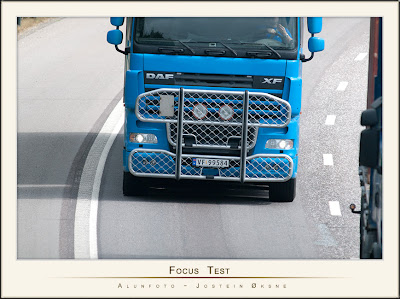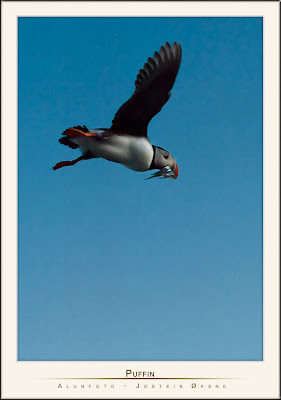Thoughs on photographic influences
I said I would have a break from blogging until Christmas. I was wrong. :-)
Thing is, I found a Swedish blogger posting about his 10 most inspiring nature photographers (link). I figured I should do my own list. If not for anything else, it would be a good excercise in recognising my own influences.
The first influence I can remember was the beacons of my first local camera club in Bergen, Bekkalokket fotoklubb. It is a club of very high quality, and it was both humbling and very inspiring to be part of it. Some of the people I remember are still active and still produce great stuff; Rune Fjæreide for his macros, particularly of dragonflies, and Roald Synnevåg and Tor Henning Olsen for their general interpretation of light. It's where I learned my basics; but had I stayed in Bergen I think I would have learned a lot more.
But I moved. Far out into the coastal countryside of Norway. This was in -95, and the web was just beginning to flourish with photographers presenting their images. Through the Pentax Discussion Mailing List (PDML) I found guys like Doug Brewer, Mark Roberts and Mark Cassino. Just as much as Bekkalokket was a warm, including and inspirational club in the physical world, PDML became the cyberspace counterpart for me.
I also joined the nearest photo club in Sandnes, but it was an hour's drive and a ferry ride away. Many good photographers there too, perhaps most notably John Sirevåg. but not the same intensity as in Bekkalokket.
In the same period I discovered Biofoto. When receiving the first issues of the member journal I was awestruck. Firstly, with the quality of the photos and the quality of the publication. Had it been in a larger market like USA, UK or Germany, the magazine would have sustained widespread circulation beyond the society's members. Secondly, I was struck by the close match between my own way of seeing and what I saw in the magazine. It was perhaps the single most inspirational event I have experienced. To discover that many other Norwegian photographers thought about nature in roughtly the same way as myself. It's futile to list names to represent Biofoto. Many of the most profiled Norwegian nature photographers have emerged through Biofoto. Some are still members, others have moved on. New photographers continue to emerge. So it continues to be a major source of inspiration. Check out the website and look at the gallery of images submitted by members.
My promotion of Norwegian photography is perhaps shameless. Writing in English and all. I guess it's a culture thing. Something I've previously alluded to (here) with regards to the Nordic countries, and also in a post about the emergence of the Pentax Photo Gallery and the persistence of the old Pentax Photo Annual -books. By the way, I remember it tickled my inspiration a lot when I realised how different aestethics are across the world. Maybe I'll be able to use that conciously some day.
This became a very long ramble. Thanks for reading it through.






































